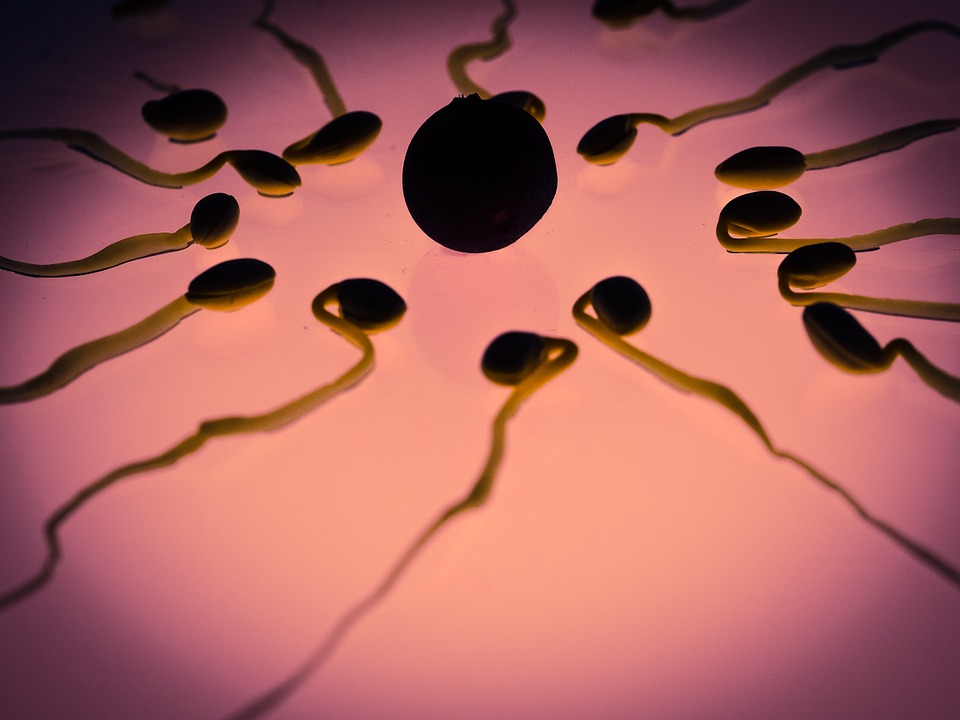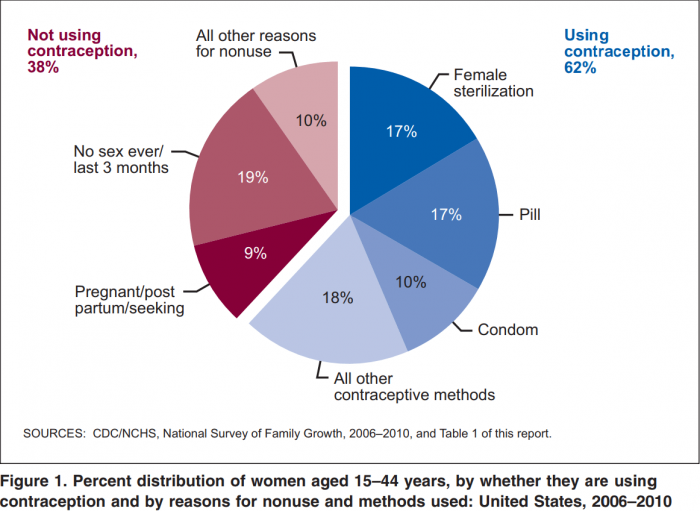
Humans have sex. It is one of our most basic and important functions for the continuation of our species. From the Kamasutra to the extensive resources available on the internet, we know a lot about sex. Over time, we have made it safer, better, and demystified many aspects of it that were misunderstood and taboo by people of the past.
Now, the evolutionary goal of sex is to create offsprings that carry the genetic material of the individuals that created it. This forms the basis of “survival of the fittest” as the continued existence of our genetic material ensures that there is a future with humans in it, especially if those humans are your succeeding generations.
Despite the importance of sex, there are problems that arise along the way. One of the major problems are sexually transmitted diseases and infections that move from infected individual to the individuals they have sex with. This is not the only way to contract these disease, but it is the most common. These diseases are usually a detriment to human health and social status because of the great stigma surrounding them. With condoms and safe sex practices, many of these diseases can be prevented from spreading further and safeguard a population from their effects.
One of the other major problems that arise from sex is unwanted babies. As teenagers begin to experience and understand sex, they might become pregnant. This is during a time of their life when they are wholly unprepared for such a burden and as a society, it is important that we help them with this burden by finding ways to prevent it from happening.
Today, they have many options that range from using contraception, like condoms for men and women as well as contraceptive pills for women, having an abortion, or taking plan b. One of the most recent innovations in contraception is the development of a male contraceptive, similar to the pill woman take.

Image Credit: Center for Disease Control and Prevention
Ancient Contraceptive Methods
In pre-industrial societies, one of the more universal means of contraception was infanticide. Our ancient ancestors were hunters and gatherers that remained mobile as the moved with their prey. This meant that populations could not get bigger than a certain size because the demand to feed all those extra mouths would result in less prey to hunt and less food available in the long term. The simplest solution was to get rid of those extra mouths by killing them. Some groups engaged in infanticide to keep themselves mobile or control the sex ratio in a tribe. It was not a good time to be a baby.
One of the oldest means of contraception beyond behavioral methods (like infanticide) is the condom. It is estimated that condoms have been found as late as 13,000 years ago depicted in cave paintings. While this is a debatable timeline, condoms have been documented being used in Ancient Egypt. The ancient Egyptians allegedly used loin cloths that covered the glands of the penis and even Tutankhamun is believed to have worn one. There is debate as to whether these were condoms rather than pessaries, which were used to prevent diseases. As we move from antiquity to relatively recent times, we find condoms that are made of intestines of animals. As we continued to understand and develop condoms, we ended up with the ones we have today.
There were more strange and deadly forms of contraceptives that were used by our ancestors. In ancient China, women drank mercury to prevent pregnancy because it would cause them to miscarry. However, mercury is a deadly poison that also kills people. Ancient Egyptians also used things like crocodile dung mixed with other herbs and placed it in the vagina to prevent pregnancy. Europeans in the middle ages used “magical” amulets because they thought it would ward off pregnancies.
The Rub-In Gel
Most, if not all, contraception methods are done by women because, throughout history, the responsibility of anything related to children was thrust upon them. Besides behavioral methods, like pulling out before ejaculation, men only have condoms and vasectomies as contraceptive methods. Pulling out is a poor choice for a contraception because sperm can be released before ejaculation. To address this great lack of contraception for men, scientists have been working on a gel that men can take to inhibit pregnancy. After many years of working on it, they are ready to begin clinical trials.
The topical gel was developed by researchers from the National Institute of Child Health and Human Development. They are part of the United States National Institutes of Health. The gel is not rubbed onto the penis or anywhere near the penis. Instead, the gel is rubbed onto the shoulders and upper arm of the individual taking it. It contains two hormones that work to achieve contraceptive results. The first is progestin, which inhibits the testes from producing enough testosterone to produce normal sperm levels. The second hormone is testosterone, which is only used to counteract the hormonal imbalance created by the introduction of progestin. This testosterone does not affect the diminished sperm production.
In an initial study, the researchers found that the two hormones worked effectively as two separate gels and for this new study, they combined them into a single gel. They found that the new gel was effective for 72 hrs after application, which is great news if anyone forgets to do their daily application.
The clinical trial will start in April 2018 and last four years as the researchers work with 400 couples across the world in areas like the United States, U.K, Chile, and Kenya. To start, men will begin using the gel for four months while females take their contraceptive pills for that duration as well. Once sperm count is shown to have been effectively reduced, females will discontinue their contraceptive use and only the gel will be used by the men.
Given that men have only been required to wear condoms or get vasectomies, the researchers believe that this gel contraception might face some resistance in becoming part of the daily lives of men, just as the pill is apart of most women’s daily life. A recent survey in 2010 showed that about 25% of men would use something like the gel and that trend is expected to increase as the burden of contraception shifts from women and, ideally, equalizes with men.









